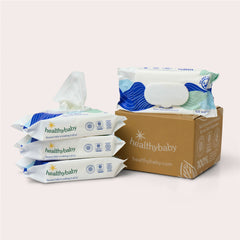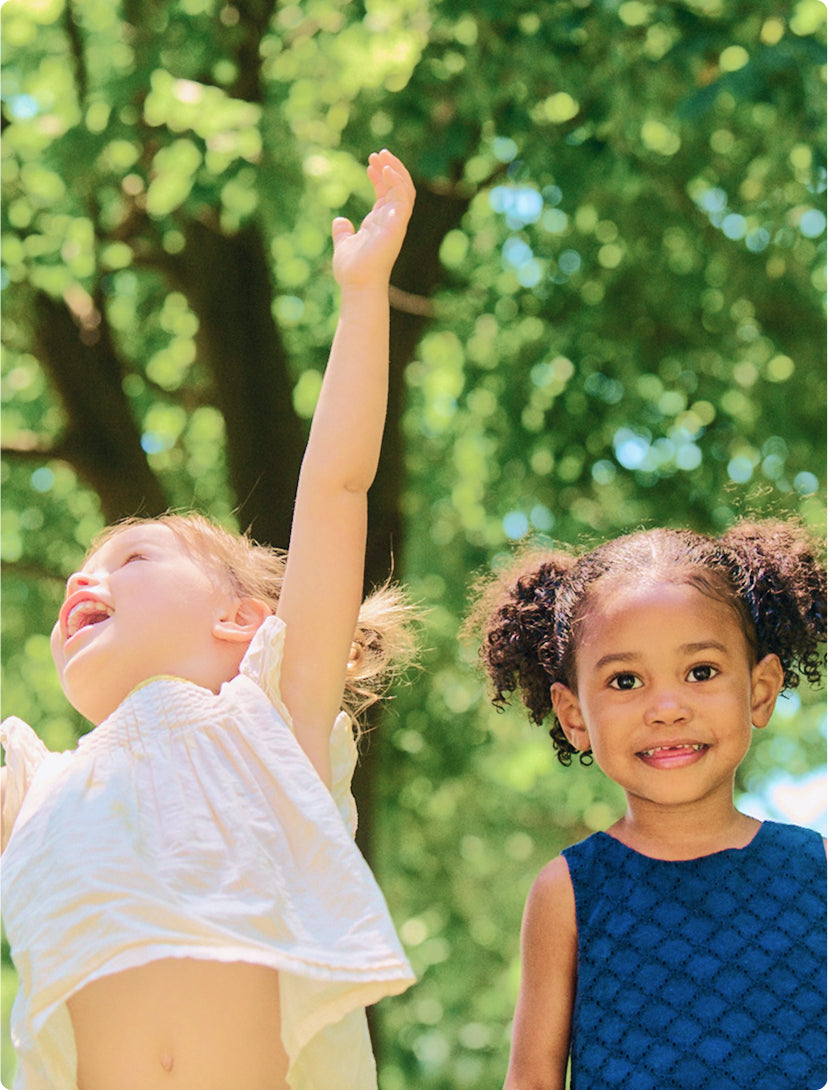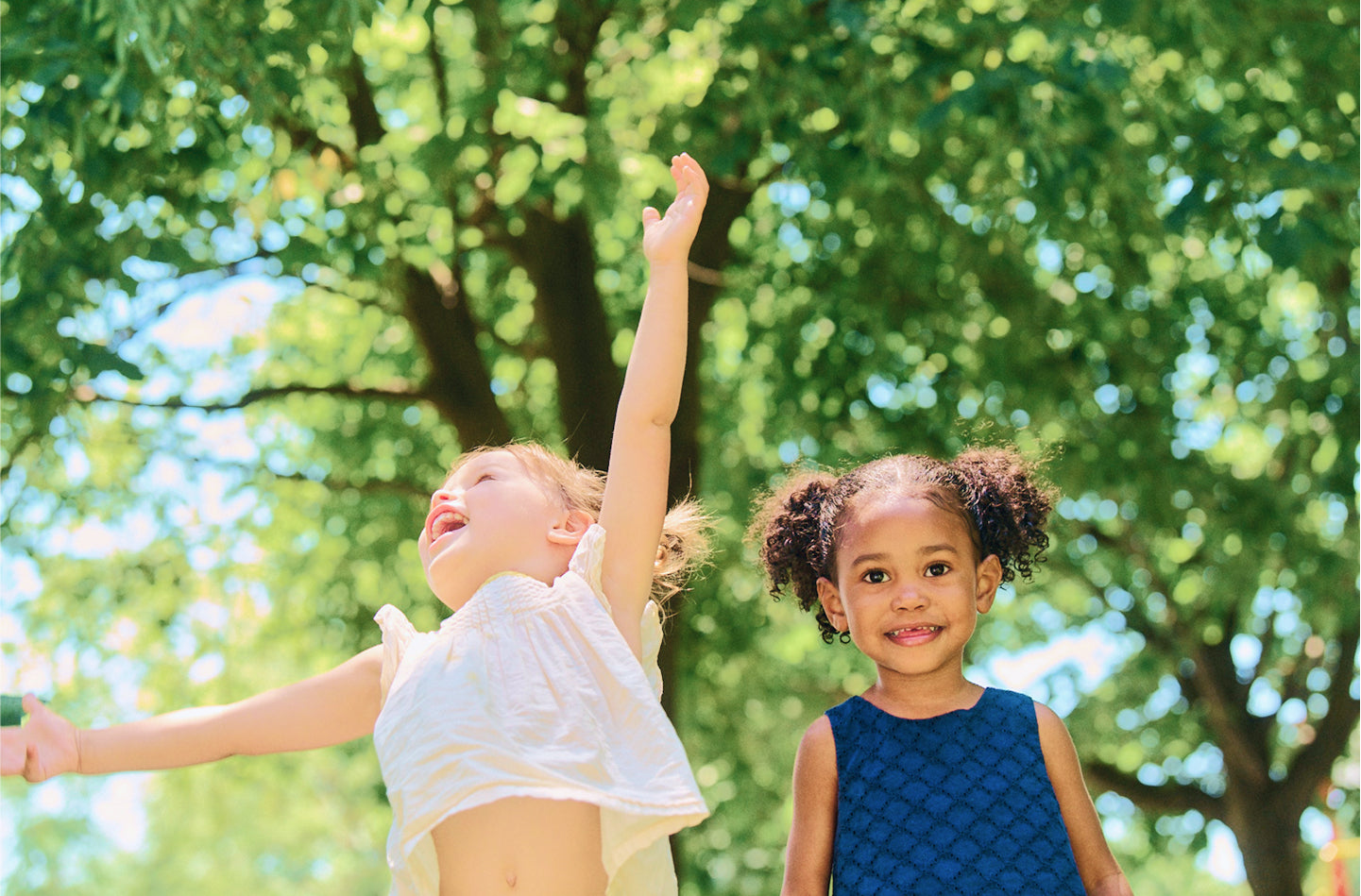Development isn’t a race. It’s a flow.
Every child—and parent—is figuring it out at their own pace.
Instead of milestones, we encourage you to focus on this amazing moment.
Your child’s brain makes more than one million neural connections per second in these first three years. Simple, consistent interactions with them today can have profound, lifelong benefits.
Here’s how little one’s brain is developing this month, and how you can support their progress.
Developmental Highlight
When was the last time you really played with little one? Not set them up to play or watched them play, but actually played together? Playing with siblings and other children is wonderful, but little one learns more deeply from playing with you, because you allow them to be the hero.
Shared play built around the spirit of adventure may be the single most important, fun, and memorable way of deepening your relationship with little one. In this highest level of play, the two of you create the storyline together. This gives little one a safe space to take on challenges, solve problems, and practice empathy and bravery. You and little one can also use pretend play to work out feelings through toys.
Dress-up and pretend play, which we explored in month 17, are two options, but really any focused time with little one can be a shared adventure. When you hear, “Look, Mama!,” you’re on the right track.
Brain-Building Activities
Hidden Treasure Hunt
Routine: Playtime
During shared adventures you’re both guiding and participating in play. Jumpstart pretend play with a two-step mission (revisit month 33 for a refresher) and follow little one’s lead.
-
Without little one seeing, place a hidden treasure (a rock, a toy, anything really) in the play area. This will be the object of the adventure.
-
Ask little one who they want to be. Have them choose an object (a truck, doll, or stuffed animal) that represents their character. Choose an object that represents yours.
-
Explain the mission and give it some stakes, so little one can be the hero. For example, “We’re looking for a hidden treasure—the magic green rock—that’s going to help us save the kingdom.”
-
Get down on the floor with little one and take turns leading and following as you look for the treasure. Have your character ask little one’s, “Where should we go?” This puts the two of you on an even playing field, making this a shared adventure.
Shared Noticing
Routine: Anytime
Just as you did in month 9 when little one was learning the power of pointing, use everyday moments to practice shared noticing. Think of this as a way of life more than a discrete activity.
-
Model noticing by being more present and pointing out what catches your attention. Remember: little one’s new here. Even simple things are interesting.
-
Ask little one what they notice and express enthusiasm for their discoveries. Offer them a chance to look closer at something, when it makes sense.
-
Answer questions that arise as little one notices the world around them.
-
Use shared noticing as an opportunity to give little one choices at places like the library or grocery store.
-
Keep conversations going as long as you can, without imposing your views on little one. This is a two-way adventure.
You’ve Got This
Shared adventures bring a deeper rejuvenation to our lives. Spending quality time with another adult can give you a wider perspective and help you feel more connected to you, the person, not just you, the parent. This goes a long way in supporting the adventure you’re on with little one.
So plan a shared adventure with your partner, a family member, or a friend. It can be something small, like a coffee, walk, or errand date. When you get to the “we should do this more often” moment of your adventure, you’re absolutely right. Try to make a plan for the next one.










